Everyone talks about app store screenshots, keywords, and reviews.
No one talks about backlinks.
But that’s where most discovery actually happens. Before someone installs your app, they Google. They click a blog post. They scan a “Top 10” roundup. They compare options.
If your app isn’t being mentioned and linked in those moments, you’re invisible.
That’s where ASO backlinks come in. And if you know how to build them right, they don’t just drive installs. They boost rankings, increase branded search, and even help your app show up in AI-generated answers from tools like ChatGPT, Perplexity, and Google AI Mode.
Let’s break down what actually works.
When You Should (and Shouldn’t) Build ASO Backlinks
Link building works, but only if your app is ready for visibility.
If you try to drive traffic to a weak product, unoptimized listing, or something no one wants, it won’t end well. Backlinks are not magic. They are multipliers. They amplify what is already working.
Here is how to know if it is time.
You’re ready if:
Your app is ranking but not high enough
If your Play Store listing sits between positions 10 and 30 for your target keywords, backlinks can push it higher. Especially if the competition is weaker or unlinked.
You already have solid ASO in place
Your app title, description, ratings, and screenshots are clear and conversion-focused. Now you need external signals to earn more trust and reach.
You’ve tested the keywords and they convert
Maybe you ran paid search ads or pushed organic traffic from a blog. You already know installs come from these keywords. Now you want to own them long-term.
You want to grow branded search and trust
Even if your app is on iOS, backlinks help your website rank. That visibility builds credibility. People trust what they see across third-party sources and are more likely to search your app by name.
You want to show up in AI tools like ChatGPT and Perplexity
These tools do not pull from app store listings. They reference trusted blogs, listicles, and websites. If your app is featured in the right places, you show up when users ask for app recommendations.
You’re not ready if:
You’re not ranking at all
If your app does not show up anywhere in search results, fix the basics first. That likely means issues with indexing, keyword targeting, or listing quality.
Your app doesn’t solve a real problem
No backlink will fix churn or bad retention. If people install and bounce, traffic is not your bottleneck.
You’re targeting bad or zero-volume keywords
Backlinks cannot create demand. If no one is searching for what you are ranking for, traffic will not help.
Your listing does not convert
Poor screenshots, unclear copy, or no real call to action. Before investing in traffic, make sure your store page can convert visitors into users.
Where to Point ASO-Driven Backlinks
Backlinks don’t help if they go to the wrong place.
We’ve seen apps build 20 links to their homepage and wonder why their Play Store listing isn’t ranking. Or they send links to an app landing page that doesn’t mention the app at all.
Where you point your links matters just as much as the links themselves.
Here’s how to do it right.
Option 1: Link directly to your Play Store listing
This works well for Android apps, especially if the Play Store page is already indexed in Google.
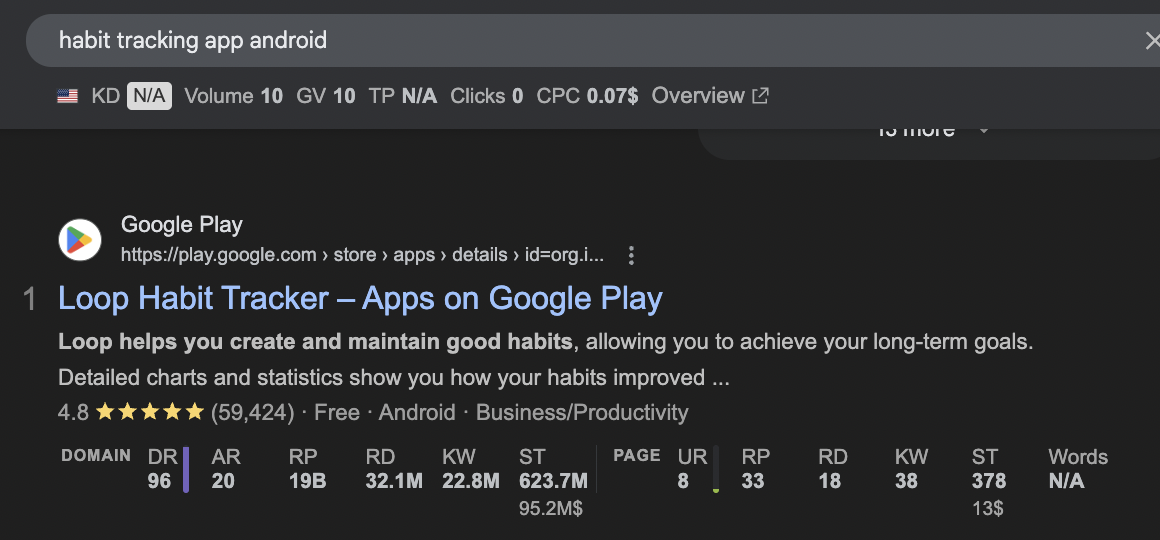
Target long-tail queries like “best time tracking app for freelancers” or “habit tracker Android.” Use contextual anchors that sound natural and describe the use case.
You don’t need hundreds of these links. Even five well-placed mentions from relevant blogs can move the needle.
Option 2: Link to your own app landing page
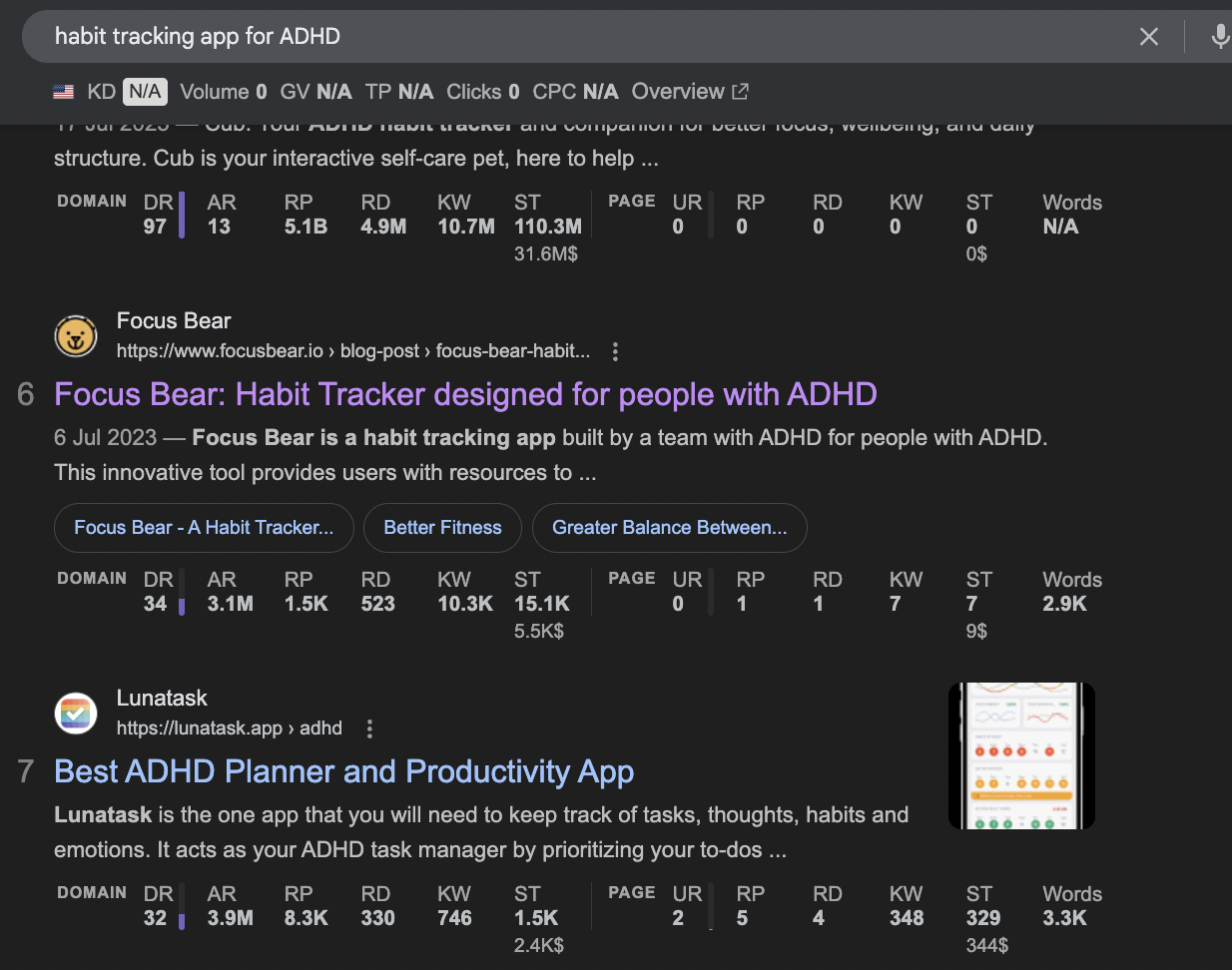
If you have a strong site with relevant content, use it.
Create a dedicated landing page for the app. Include features, benefits, screenshots, and CTAs to install. Then build links to that page.
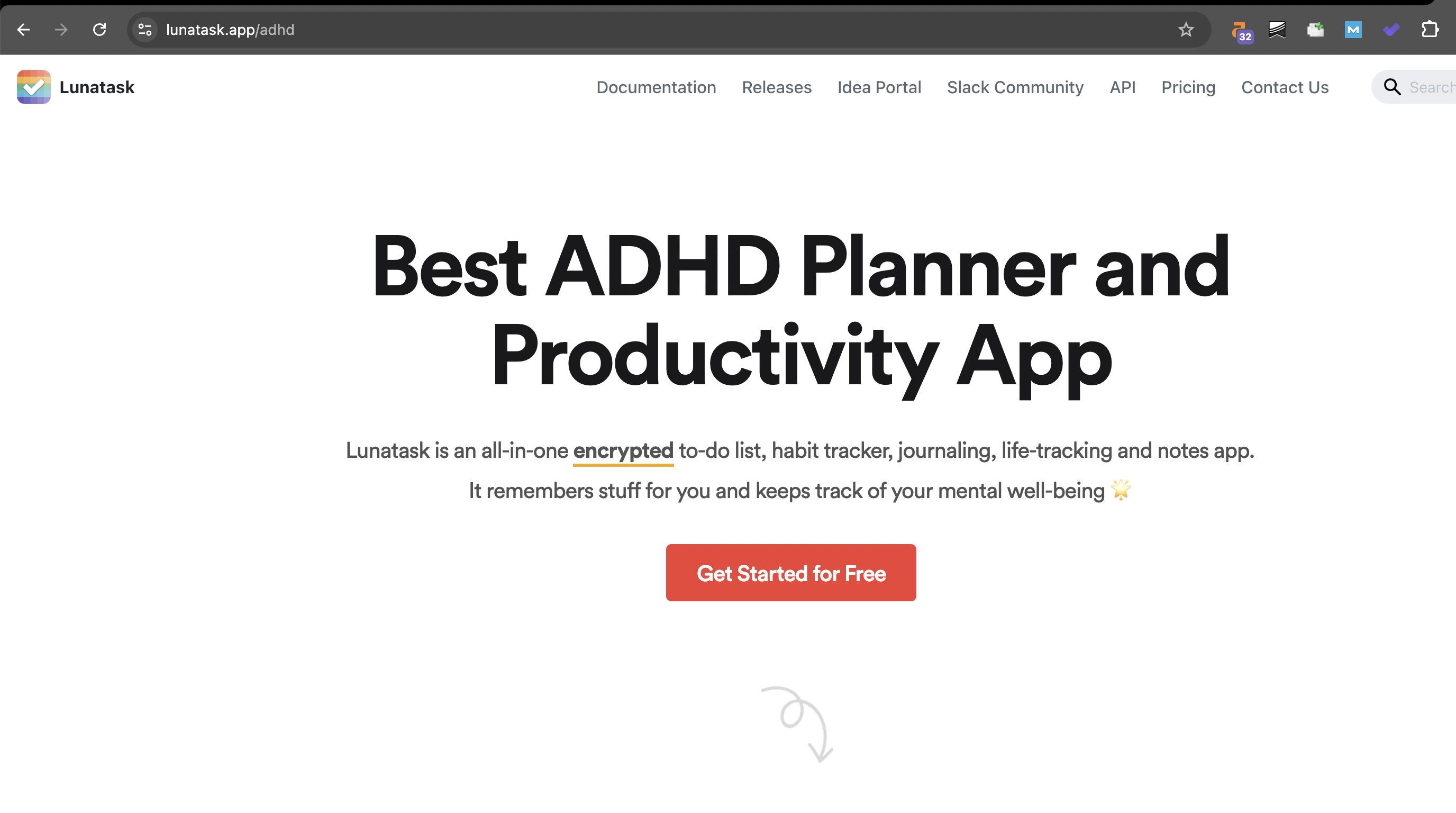
This helps your site rank for terms like “best fasting tracker” or “habit tracking app for ADHD” and funnels traffic straight to the stores.
Bonus: you control the content and tracking.
Option 3: Get placed on pages that already rank
You don’t always need the link to go to your site or listing.
Find third-party pages that already rank for “best [your app type] apps” and get your app added to the list. These could be blogs, directories, roundup articles, or comparison sites.
Sometimes, the best link is someone else’s content – if they already own the SERP.
You don’t need to win the page one result if you can earn a spot on the page that’s already there.
What Kind of Links Actually Work for ASO
Not all backlinks are equal. And in the world of app growth, most are completely useless.
If you are building ASO backlinks, the goal is not just to get a link. It is to get mentioned in places that influence installs, rankings, or brand visibility.
Here is what works, and what doesn’t.
Stop wasting time on:
Spammy auto-approve app directories
These used to work a decade ago. Today, most are ignored by Google. If the directory has no traffic and does not rank for anything, skip it.
Low-quality tech blogs that publish anything
If the site has articles on AI tools, betting sites, fitness apps, and kitchen recipes all in one month, you are not getting authority. You are just another outbound link on a link farm.
Fiverr-style gigs offering 100 backlinks
Quantity over quality is a waste. Especially for ASO, where a few high-trust links from relevant sources will do more than 100 junk placements.
Sites with “Write for Us” in the main menu
This is not always a dealbreaker, but often a red flag. These sites usually accept anything, publish fluff, and exist to sell links.
Instead, focus on:
Niche blogs and review sites in your category
If you have a fasting tracker, look for wellness blogs. If you have a productivity app, find time management or startup blogs. These sites have your audience and topical relevance.
Listicles that already rank for “best [app type]”
Search your primary keywords. Find the roundup posts already ranking. Reach out and get your app listed there. That link comes with built-in trust and traffic.
How-to content and guides with real readers
If someone is reading a tutorial like “how to build better habits,” that is the perfect place to insert your habit-tracking app. Just make sure the page gets traffic.
Directories that still rank and get visits
Not all directories are bad. Sites like Product Hunt, AlternativeTo, and Capterra still rank for important keywords. Being listed there can drive traffic and improve visibility.
We’ve seen this firsthand.
As a link building service business, we’ve submitted our own listings to select directories with high visibility in our niche. One SaaS directory we’re on consistently ranks for keywords like “best link building services”. That one placement alone drives both qualified traffic and branded leads every month.
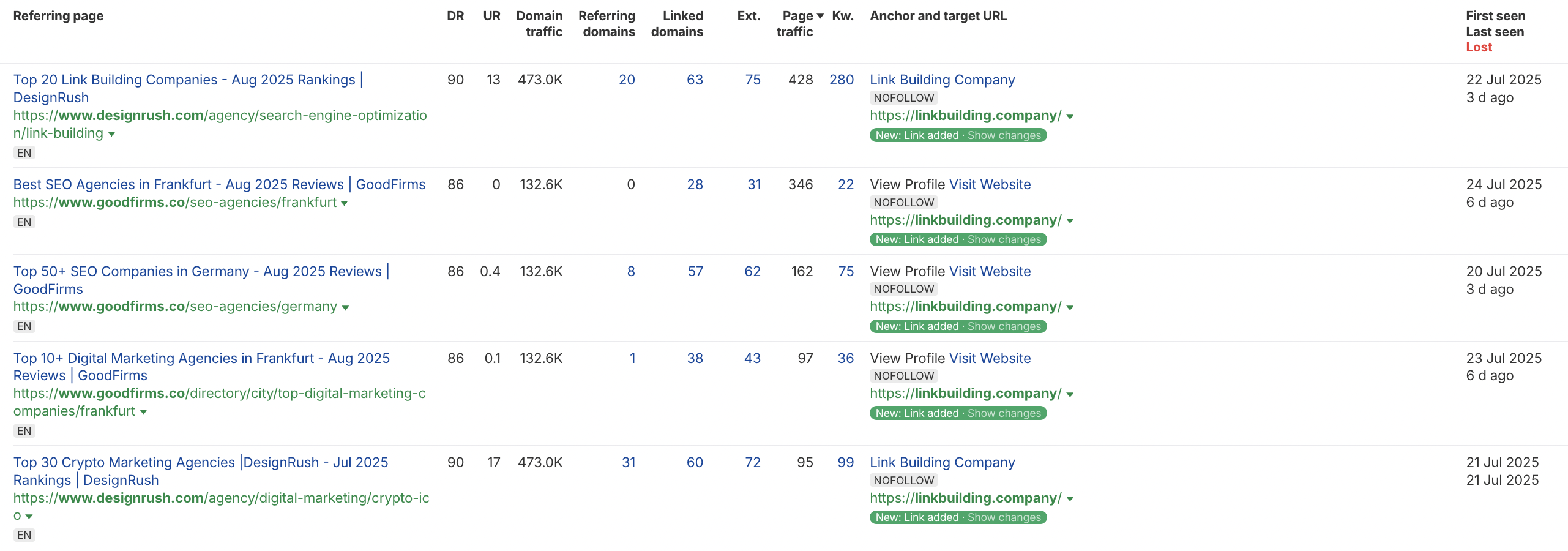
The difference is simple: don’t waste time on dead pages. Prioritize directories that already rank for terms your users are Googling.
How to Build ASO Backlinks Without Wasting Time
You do not need 500 outreach emails or a team of writers to build backlinks that drive installs. You just need to focus on the right pages, the right relationships, and the right placements.
Here are four reliable ways to build high-impact ASO backlinks.
1. Guest posts on niche blogs
Guest posting is still one of the most effective ways to build backlinks that move the needle – but only if you do it right.
The goal isn’t just to publish content. It’s to place your app on websites that already rank, already have topical authority, and already influence buying decisions in your category.
The trick is two-fold:
-
Pitch blog topics that actually make sense for the audience
-
Get the post placed on a semantically relevant site one where the top pages already rank for keywords related to your app
For example:
-
“Top Tools for Remote Teams” for a productivity app
-
“How to Build Better Habits in 30 Days” for a habit tracker
-
“Best Parenting Tech in 2025” for a baby tracker
This kind of content does more than build links. It drives qualified referral traffic, increases branded search, and boosts your chances of being cited in AI answers from tools like ChatGPT and Perplexity – because those models tend to pull from trusted, niche-specific sites.
At LinkBuilding.Company, we take this seriously. Our guest posting service focuses on securing placements on semantically aligned blogs that have a proven track record in your niche. We look at real keywords, top-performing pages, and existing traffic before pitching anything.
2. Link insertions in content that already ranks
Not every backlink needs a new blog post. Some of the highest-impact links come from getting your app added to content that’s already ranking.
Think:
-
“Best [your app category] apps” roundup posts
-
How-to guides with tool mentions
-
Comparison articles and resource lists
These pages already get traffic. Already rank for the keywords you care about. And already have Google’s trust.
If you run a website with some authority and traffic, this opens up another opportunity – contextual link swaps. You find other relevant brands and trade placements in a way that actually adds value to both articles.
But if you don’t have that kind of leverage yet, we can help.
Our link insertion service focuses on exactly this – placing your app on semantically relevant, trusted content that’s already indexed and ranking and actually influence installs, search visibility, and even AI-generated answers.
3. Submit to high-quality app directories
Directories get a bad rep, but there are still some worth using.
Look for sites that:
- Actually rank on page one for app-related terms
- Are actively maintained and curated
- Let you customize your listing and link to both app stores
Some good examples include:
- Product Hunt
- AlternativeTo
- SaaSHub
- Capterra (for B2B apps)
- StackShare (if your app fits in a developer workflow)
If you are not sure, check their top pages in Ahrefs or Similarweb. If they get real traffic, they are worth being on.
4. Get featured in listicles or app roundups
This is the highest-leverage link type for ASO.
Instead of building a new post, get listed in one that is already ranking and already trusted.
You can:
- Pitch yourself to the blog owner
- Offer a quote or extra insight to make your inclusion valuable
- Suggest an angle or comparison that includes your app alongside others
This gets your app seen, linked, and often discussed in follow-up content.
How AI Tools Like ChatGPT and Perplexity Actually Handle Backlinks
This is where the search landscape is moving. And most ASO strategies are not built for it.
AI tools like ChatGPT, Perplexity, and Google SGE are starting to deliver direct answers when people search for things like “best apps for fasting” or “habit tracker alternatives.” These tools do not pull that information from app stores. They reference trusted websites.
If your app is not mentioned on those sites, it is not getting seen.
AI does not crawl app stores
Large language models do not index Play Store or App Store listings. They rely on content that is written for humans, structured for context, and hosted on sites they already trust.
This includes:
- Blog posts and reviews
- Listicles and comparison pages
- Community forums and niche publishers
- News sites, product roundups, and tech explainers
Your app needs to show up on those pages if you want to be surfaced in AI-generated answers.
Mentions and context matter more than raw links
It is not just about getting a backlink. It is about being mentioned in the right context.
When your app is grouped with competitors in a category, or explained as a solution in a how-to guide, it becomes easier for LLMs to “understand” what your product does. That makes it more likely to appear in smart answers.
If your app is mentioned on five well-structured, relevant, and authoritative blog posts, that is more valuable than being listed in 50 random directories.
Why it matters right now
You do not need to build your entire strategy around AI search. But ignoring it is short-sighted.
Every time your app is mentioned in the right place – a niche blog, a comparison post, a tool roundup – you are giving AI models more context and more reasons to reference you.
It is not about chasing rankings anymore. It is about showing up where decisions are being made. And right now, those decisions are happening across both traditional search and AI tools.
Common ASO Backlink Mistakes
Backlinks can absolutely move the needle for your app, but only if you are building the right links, to the right pages, in the right way. These are the most common mistakes we see when people try to do it themselves.
Linking to the wrong page
A lot of apps build backlinks to their homepage thinking it will help their Play Store listing rank. It won’t. If your goal is app installs, you need to point links to either your store listing, a dedicated landing page, or a comparison page that funnels users to both platforms.
The homepage is fine for general awareness, but it is rarely the most efficient way to drive installs.
Ignoring relevance
If you are building links based on Domain Rating instead of topical fit, you are doing it wrong. A DR 80 lifestyle blog means nothing if its audience is looking for cake recipes and your app is a team productivity tool.
Relevance beats metrics every time.
Submitting to every free app directory
Some people still go down the path of submitting their app to 100 free directories and hope it works. Most of those directories have no rankings, no traffic, and zero trust. They exist to sell space, not help users.
Stick to directories that actually rank for keywords you care about and have real users browsing them.
Using the same anchor text in every link
Stuffing exact match anchors into every link makes your backlink profile look forced. You need variety. Mix in branded anchors, partial matches, natural phrases, and soft CTAs.
The goal is to make it look like real people are recommending your app – because they are.
Not measuring the impact
You are building links, but are you watching what happens after?
Track keyword movements. Watch for spikes in branded search. Monitor referral traffic. Compare install rates from pages you are linking to.
If you cannot connect your backlink work to business outcomes, you are just guessing.
ASO Backlinks: Frequently Asked Questions
Do backlinks help my app rank inside the App Store or Play Store?
For Google Play, yes. Backlinks can directly influence visibility because Google indexes Play Store URLs. For iOS apps, it’s less direct. Apple’s App Store doesn’t rely on backlinks, but external mentions can still drive traffic, branded search, and influence.
Should I build links to my app store listing or my website?
Both can work. If your goal is direct installs, link to the Play Store listing. If you have a strong landing page that explains the app and ranks for relevant keywords, build links there. Bonus if that page links cleanly to both app stores.
Do directories still work?
Most don’t. But some still drive real traffic and rankings – especially curated ones like Product Hunt, AlternativeTo, or SaaSHub. Always check whether the directory ranks in Google and has actual user engagement before submitting.
How many links do I need to see results?
You don’t need 100. We’ve seen movement with as few as 3 to 5 good links to the right page. Focus on quality, context, and the intent behind the placement.
How do I track the ROI of ASO backlinks?
Use tools like Ahrefs or GSC to track keyword movement. Watch for increases in branded search, referral traffic, and installs from organic pages. Set up proper UTMs or App Store Connect campaigns if you’re linking through a landing page.
Will these backlinks help with ChatGPT, Perplexity, or Google SGE visibility?
Not directly, but they help a lot. LLMs reference trusted sites, not app stores. The more you’re mentioned in niche blogs, lists, and reviews, the more likely you show up in smart answers across AI tools.
What types of backlinks should I avoid?
Avoid low-quality directories, links from irrelevant blogs, sites with thin or AI-spam content, and anything promising “guaranteed DR.” Focus on real mentions from sites that rank, get traffic, and are read by humans.
Can I just buy backlinks in bulk from marketplaces?
You can. But you’ll waste money. Most of those links are low-value, off-topic, and exist to sell space, not build authority. One good mention in a blog your users trust is worth more than 50 random placements.
Should I be doing this in-house or outsourcing it?
If you have time, relationships, and experience — do it in-house. If not, work with someone who knows how to get placements that actually rank, convert, and get noticed by AI tools. Just don’t outsource to someone who’s promising links without strategy.
Want ASO Backlinks That Actually Do Something?
Most backlinks don’t move rankings.
They don’t drive installs.
And they definitely don’t help you show up in AI answers.
That’s because most of them are placed on sites no one reads.
We build links differently.
We find the blogs, listicles, and directories that actually rank for your keywords. Then we get your app featured there. The kind of placements that send traffic, influence search, and stay indexed for years.
No spam. No Fiverr gigs. No fake metrics.
If that sounds better than what you’ve been doing, let’s talk.
 How we are different
How we are different Links That Feed
Links That Feed Magazine
Magazine


 Guest Posting
Guest Posting AI Search Link Building
AI Search Link Building Link Insertion
Link Insertion White Label Link Building
White Label Link Building International Link Building
International Link Building Multilingual Link Building
Multilingual Link Building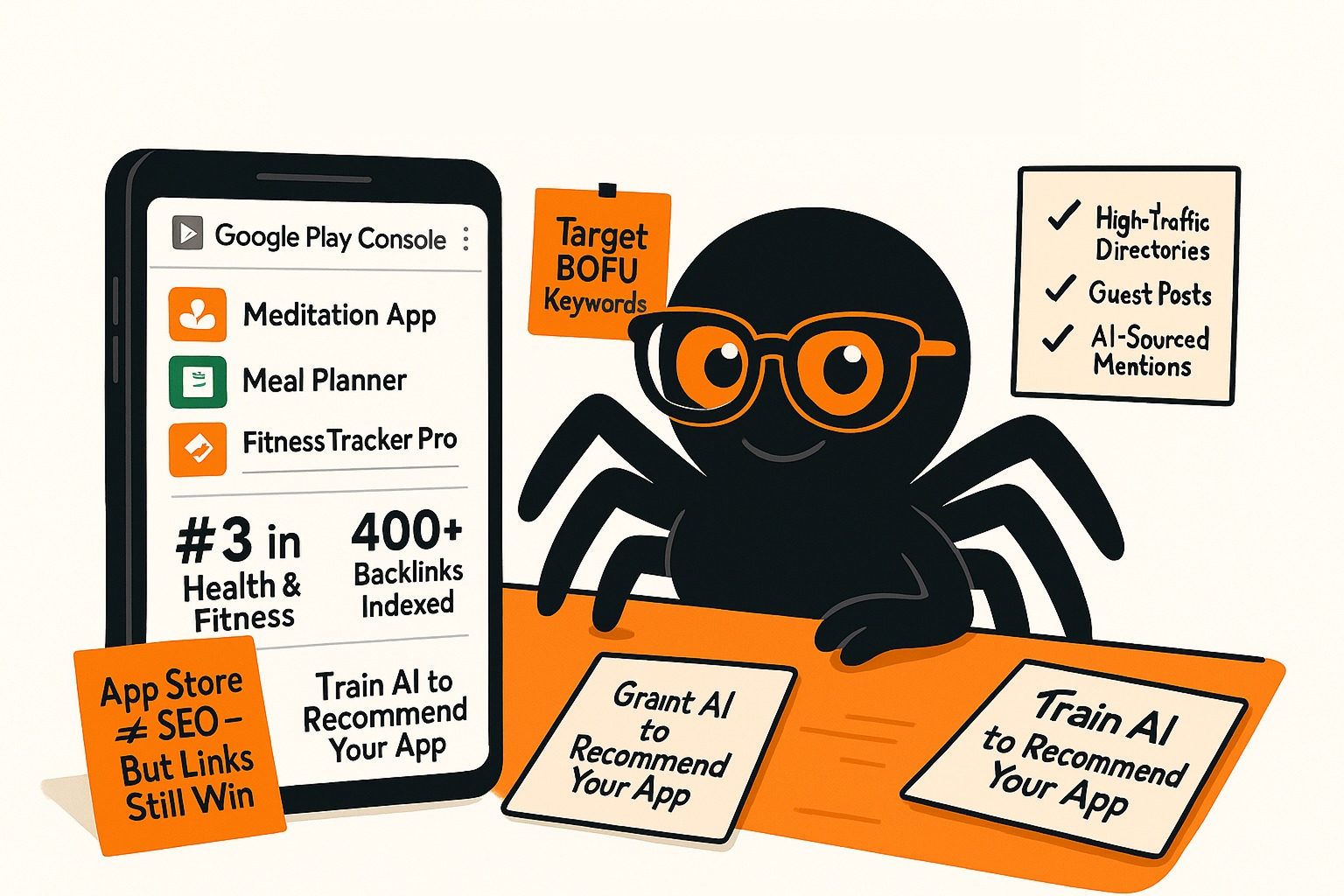
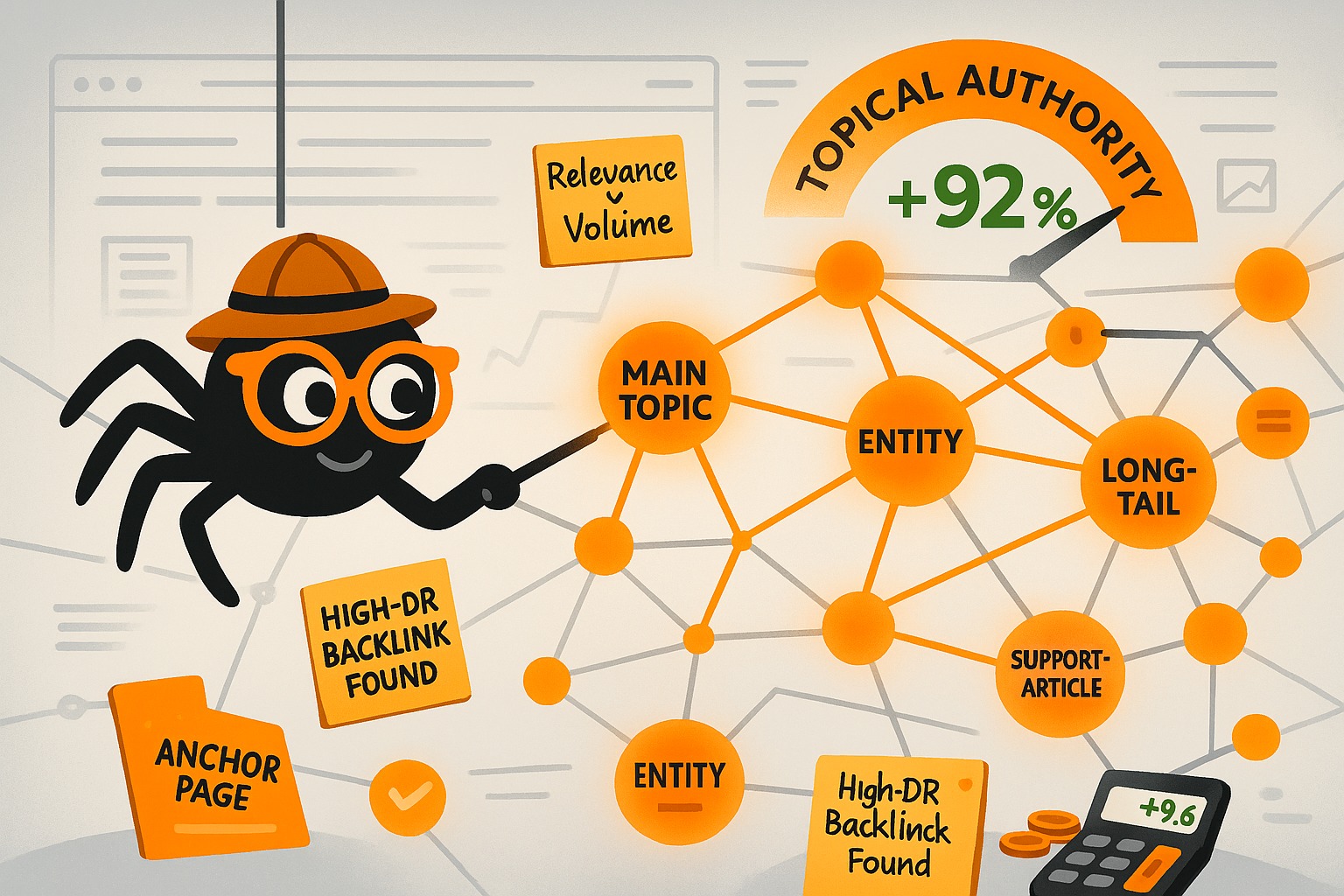
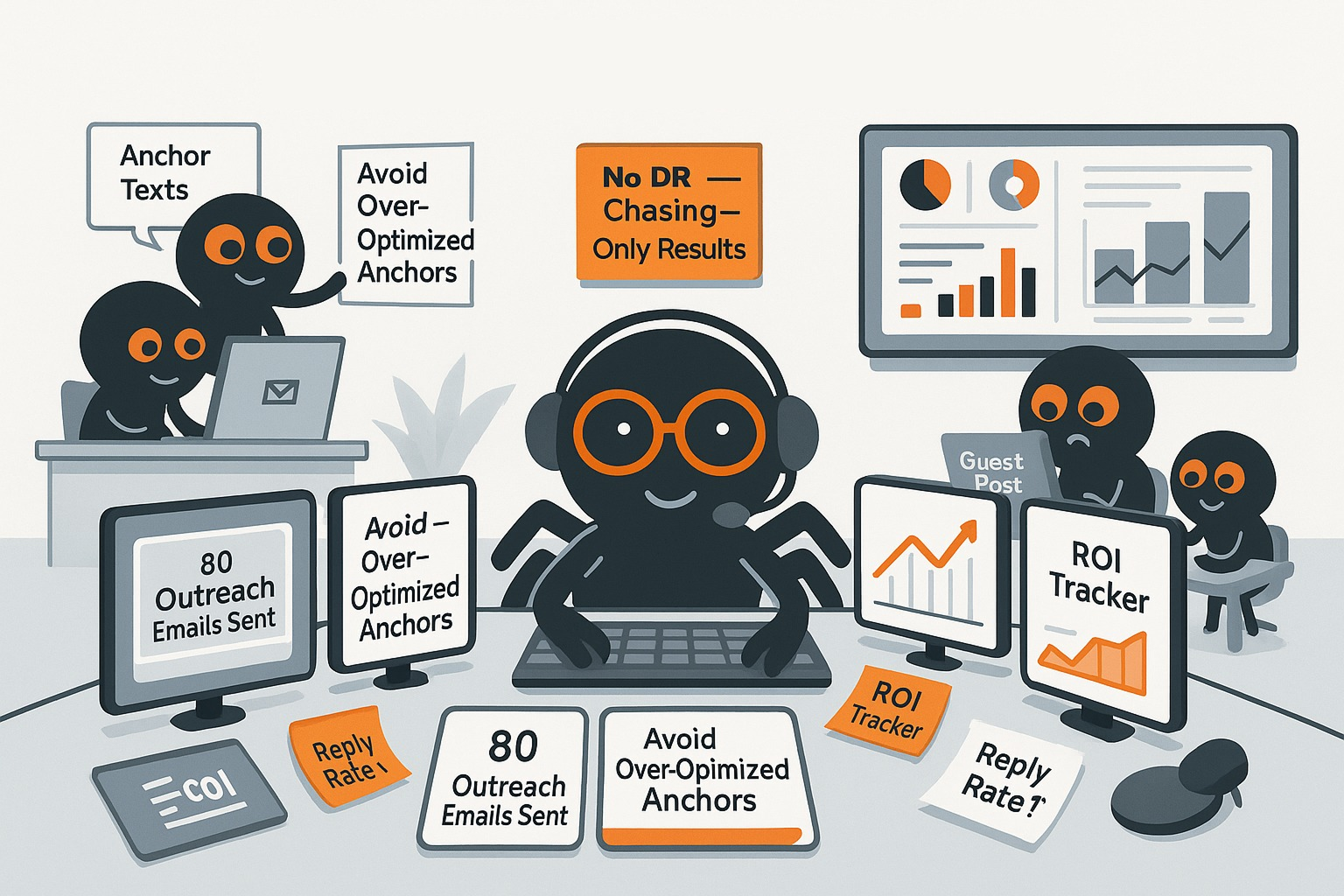

 Link Building
Link Building